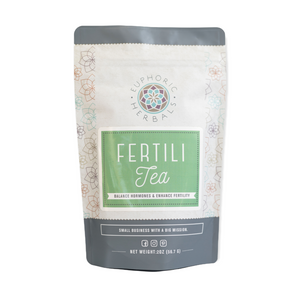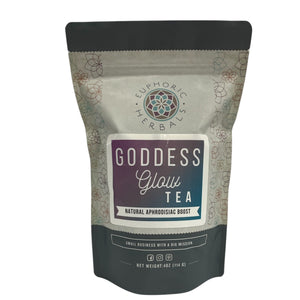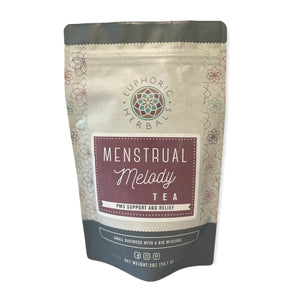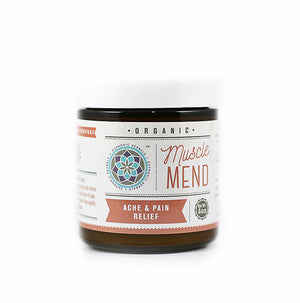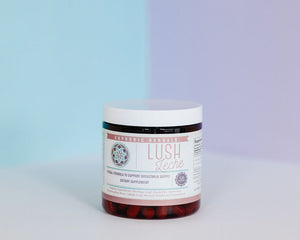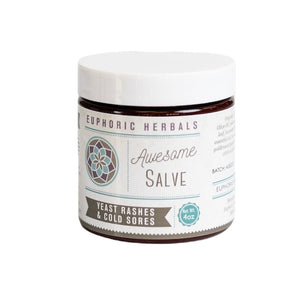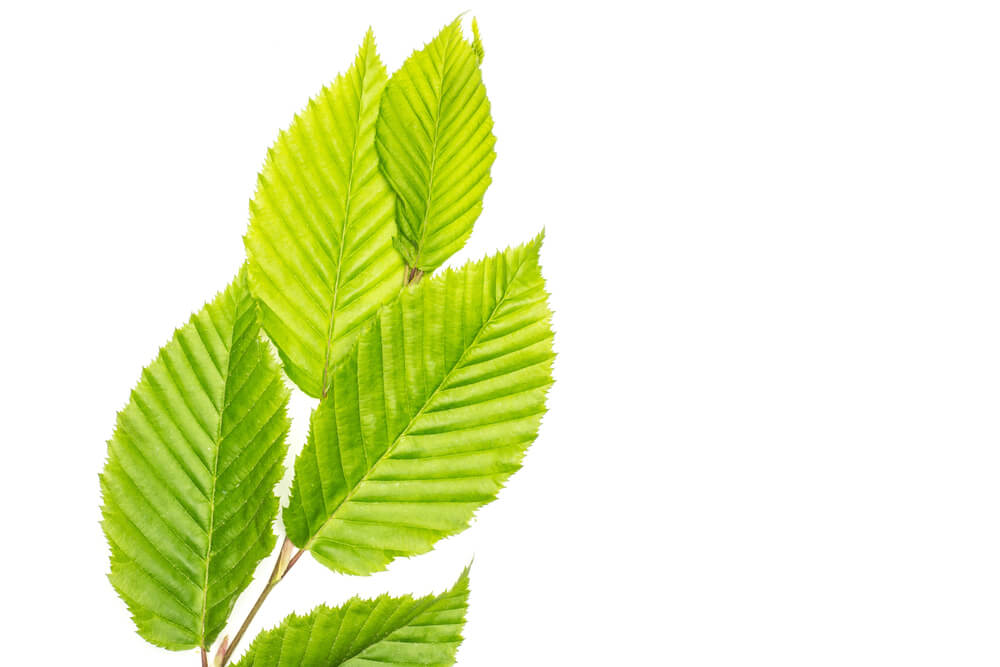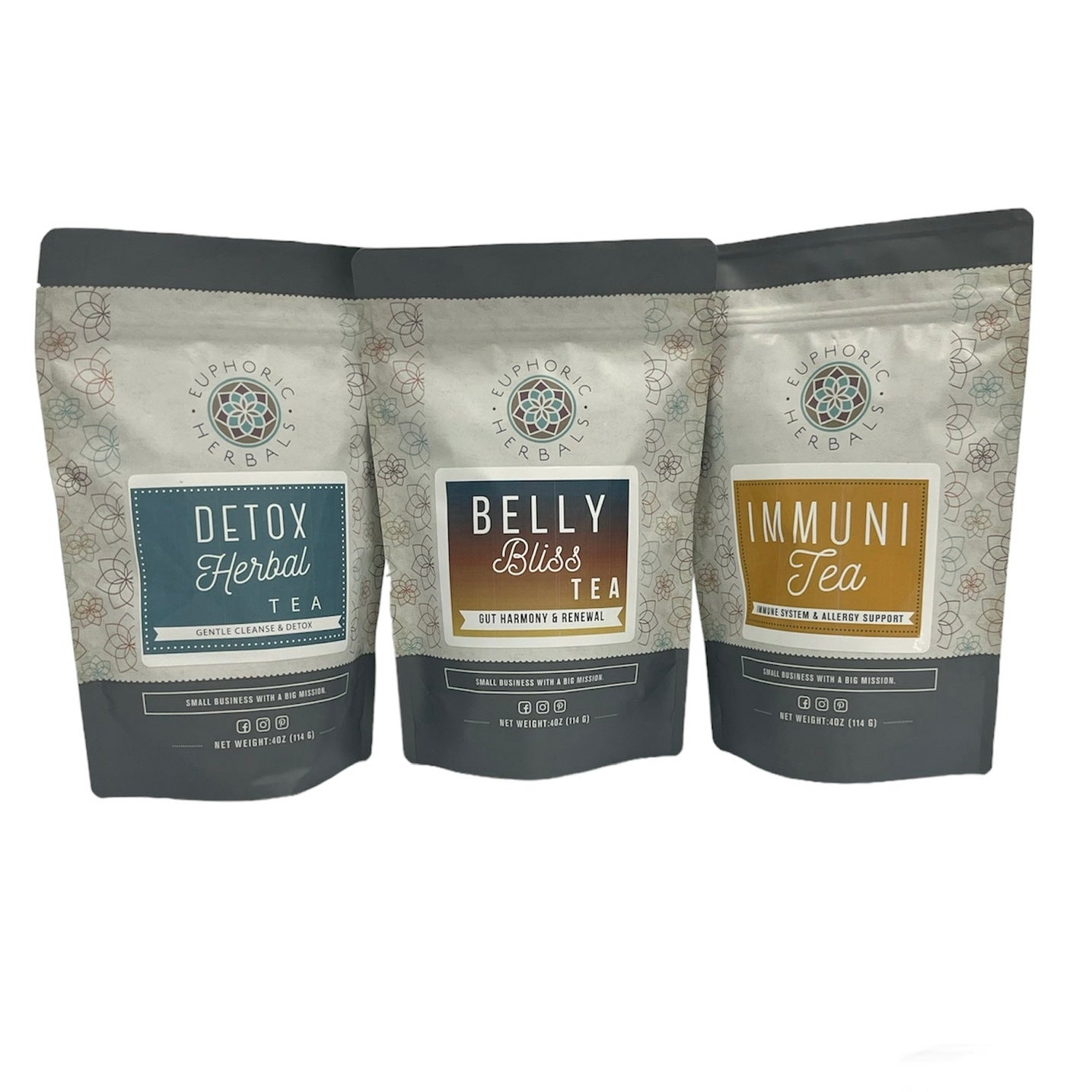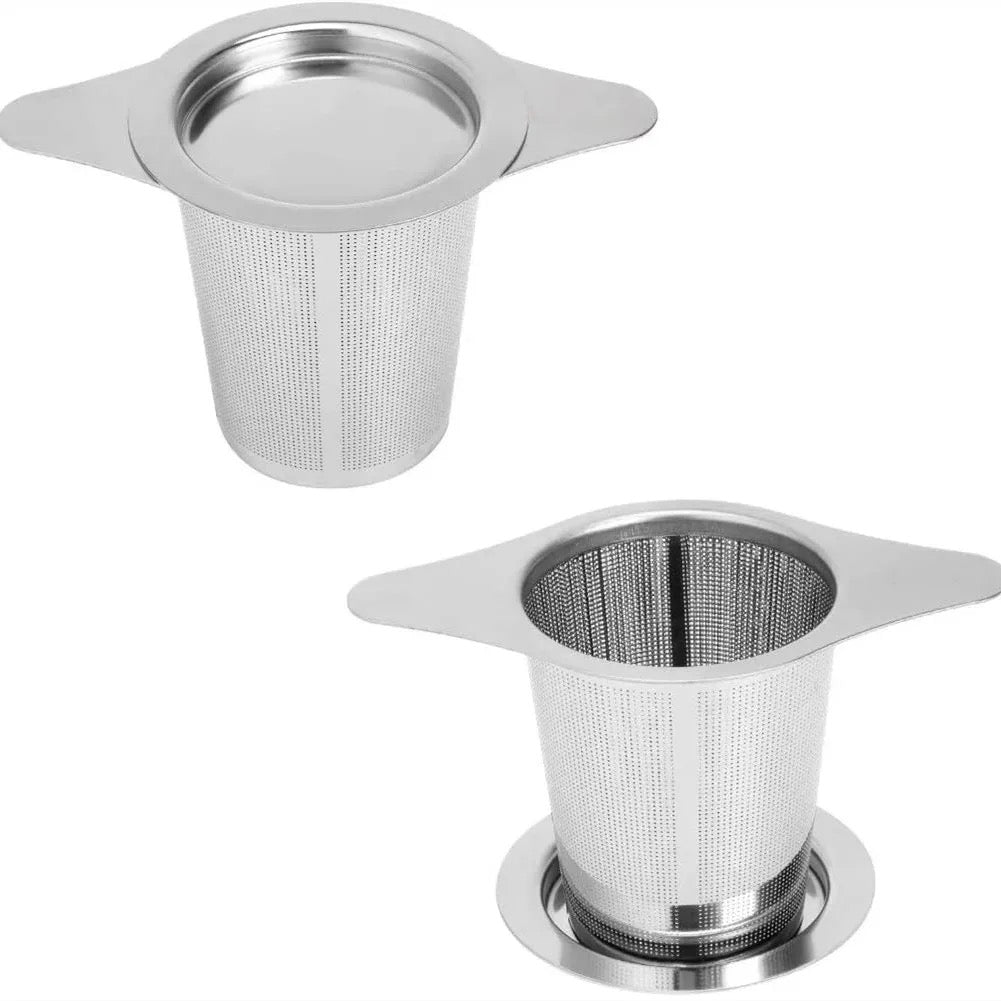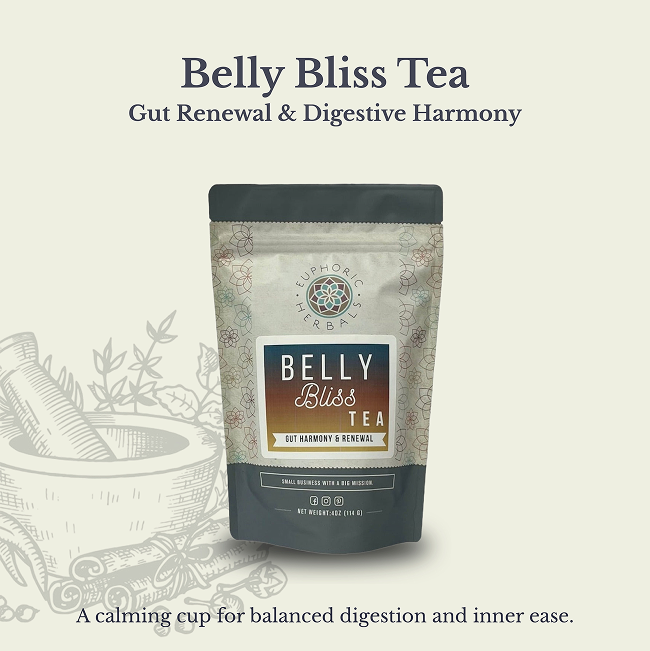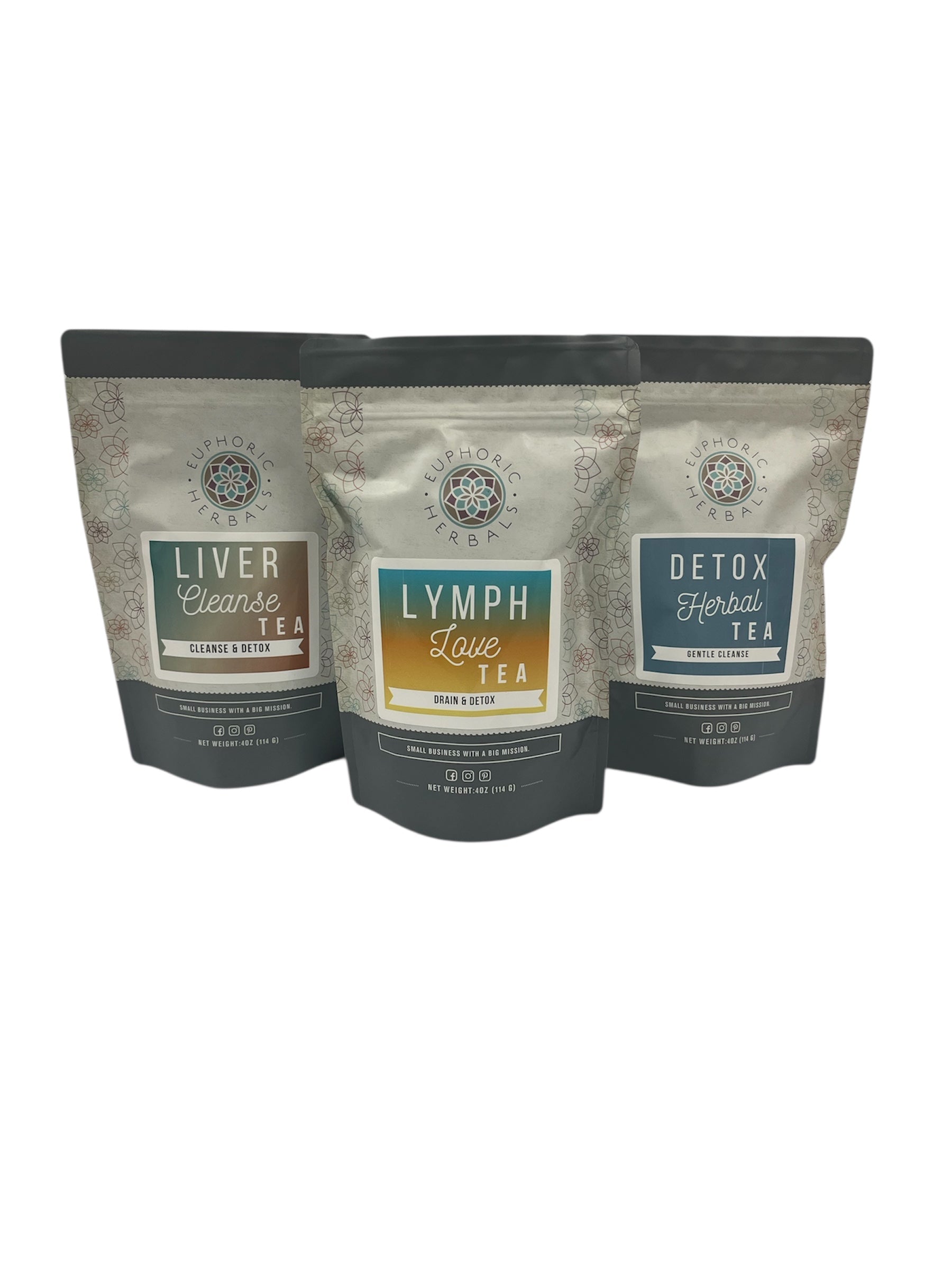Slippery elm has a very unique place in the history of North American herbalism. It was a key remedy that the Native Americans shared with the first settlers who came over from Europe.
The health benefits of slippery elm include a high nutritional content and an ability to soothe inflamed tissues. It was also once used to clean and heal wounds, something else the European settlers were taught by the Native Americans.
Here's more about the benefits of slippery elm, how it's used today, and precautions you should know about.
What Is Slippery Elm?
Slippery elm (Ulmus rubra) is a type of elm tree native to the central and eastern regions of the U.S. and parts of Canada. It goes by many other common names including red elm, moose elm, sweet elm, and Indian elm.
The trees grow up to 60-70 feet tall and have reddish or dark brown bark. Medicinally, the inner bark of the tree is used. It has a gummy or slippery texture (hence the name) and many soothing properties.
Most of the benefits of slippery elm come from its mucilage content, although it also has a lot of nutrients, antioxidants, and antimicrobial agents. Mucilage is a substance that makes a slippery, somewhat slimy concoction when mixed with water. It's one of the best substances for soothing inflamed and irritated tissues in your body.
Besides medicinal uses, slippery elm trees were used for other practical purposes. The inner bark was boiled and used to make fiber for ropes, baskets, and bags.
Although not used as often in construction as other hard wood trees, slippery elm was sometimes used for the sides of houses. It also has the distinction of being the wood the yoke of the Liberty Bell is made out of. (1)
Top Benefits of Slippery Elm
Soothing for Respiratory System
Slippery elm has often been used to soothe inflamed tissues in the respiratory system and to ease coughing. Herbs that can do this are known as demulcents. Most demulcents, including slippery elm, have a high mucilage content and make a gel-like substance when mixed with water.
Demulcents work by soothing mucous membranes, especially in your mouth, throat, and GI tract. They also pass on to other tissues, including those in your lungs and bladder, calming everything as they go. (2)
Slippery elm bark has been used for all kinds of upper respiratory issues, especially bronchitis, asthma, and irritable coughs. It can also coat your throat and is often used in teas or lozenges for sore throats (and dry mouth).
For relief from coughing or a sore throat, try slippery elm in this Respiratory Relief tea.
Soothing for Digestive Issues
As mentioned, demulcent herbs have a soothing and calming effect on the tissues of your GI tract. Slippery elm has often been used to help treat diarrhea, constipation, and irritable bowel disorders. (3)
The slippery nature of the bark makes it especially helpful for mild to moderate constipation. Powdered slippery elm bark also contains a good amount of fiber that acts as a prebiotic and helps keep your digestive system moving. It can be mixed with water and eaten like oatmeal or mixed in with something like applesauce and consumed.
Because of its ability to calm inflammation, slippery elm was also often used as a tea to treat diarrhea. It hasn't been studied much clinically, but some research shows positive results for helping symptoms of IBD (inflammatory bowel disease). (4)
Soothing for Skin
One of the most valued benefits of slippery elm was its ability to help clean and heal wounds. Native Americans would use the gel from the bark to cover wounds. When washed off, it would take infected pus from the wound with it, and the clean wound could be coated to heal more quickly. (5)
Slippery elm was used for this purpose often during the American Revolution, since the settlers learned how to use it from the Native Americans. It isn't used for this purpose as frequently by modern herbalists, but can still make a good topical treatment for cuts, burns, and inflamed skin issues.
Nutritive Food Source
Besides having medicinal benefits, slippery elm is also very nutritious. It contains carbohydrates and starches, minerals, vitamins, fiber, and antioxidants.
In fact, dried and milled slippery elm bark was once used as an emergency food source. It could be heated up with water to make a porridge-like meal (that was also nutritionally similar to oatmeal). Records indicate that George Washington's troops at Valley Forge used this emergency food source to survive the 12-day siege in 1777. (5)
Slippery elm "porridge" also likely helped the early settlers survive their first winter in a new land.
How to Use Slippery Elm
Slippery elm bark is very versatile and can be used many ways. You can buy the dried bark either cut or powdered to use at home. It can be made into a tea or the powder added to food.
You can also find slippery elm lozenges for coughs, dry mouth, and/or sore throats. The bark can be made into a tea and cooled for a skin wash or mixed with a little water to make a poultice. Sometimes, slippery elm will be combined with other herbs to make a cough syrup.
Precautions
Slippery elm rarely has side effects, but it can cause digestive upset if taken in large amounts.
Because it coats your digestive tract, slippery elm may interfere with the absorption of medicine. To be safe, you can take slippery elm either two hours before or after you take your normal medication.
The biggest precaution about slippery elm is that it's currently considered an at-risk medicinal plant by organizations like United Plant Savers. (6) Elm trees have been devastated by something called Dutch Elm Disease, and there are much fewer mature slippery elm trees left in North America.
There are steps being taken to replant the lost trees, but many herbalists have started using non-endangered plants like marshmallow root and mullein in place of slippery elm.
United Plant Savers recommends not using any wild-harvested slippery elm bark. The harvesting process can kill the tree because it involves removing the inner bark, which would further destroy the population. Look for slippery elm that comes from cultivated sources where trees are being planted rather than any sourced from the wild.
Soothe Your Body With Slippery Elm
Slippery elm has a fascinating history of use in North America. It's been prized for its ability to ease respiratory distress, calm digestion, and soothe skin. It was once even used as an emergency food source.
Try slippery elm in a tea or as a sustainably sourced powder to discover its benefits for yourself!






















































